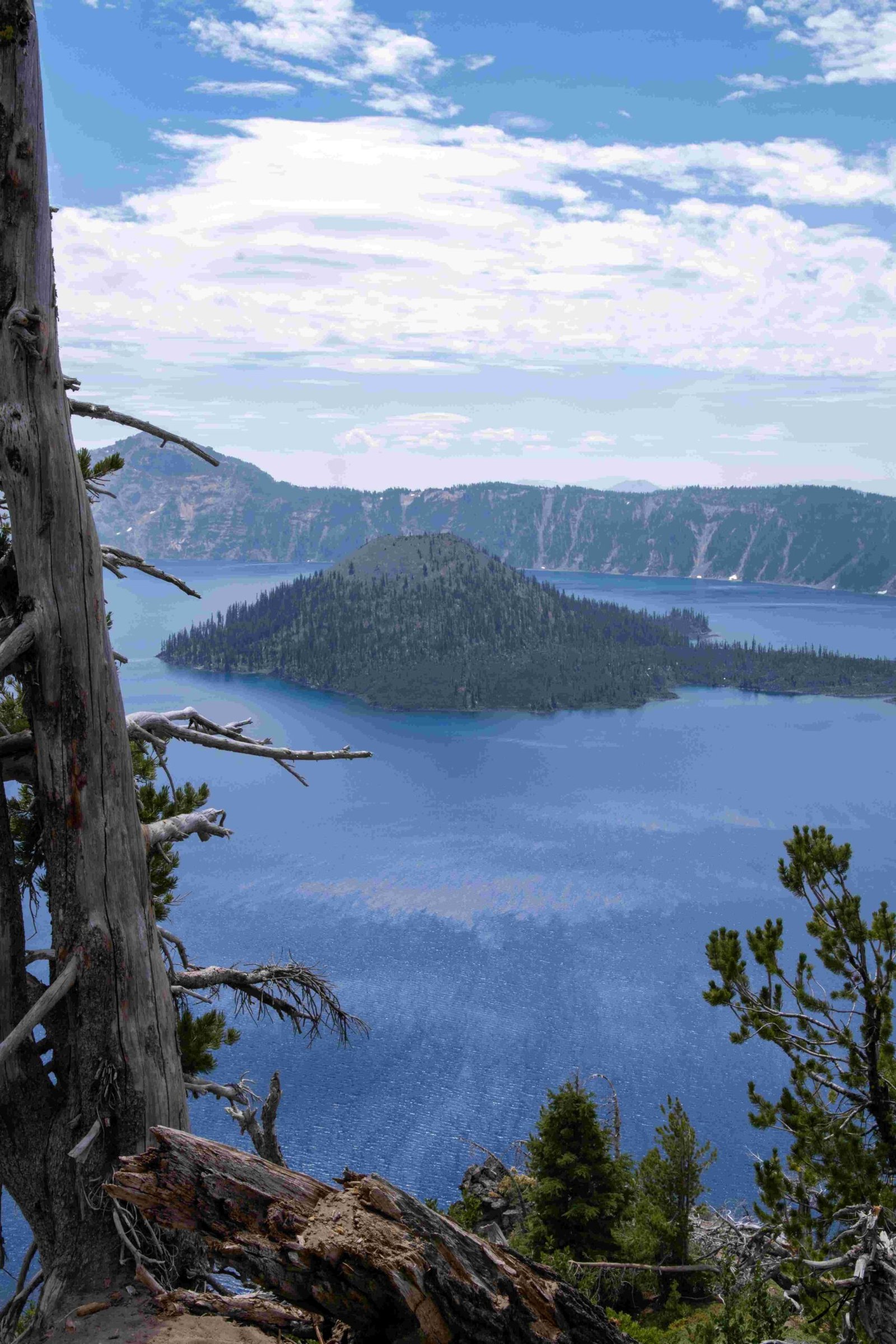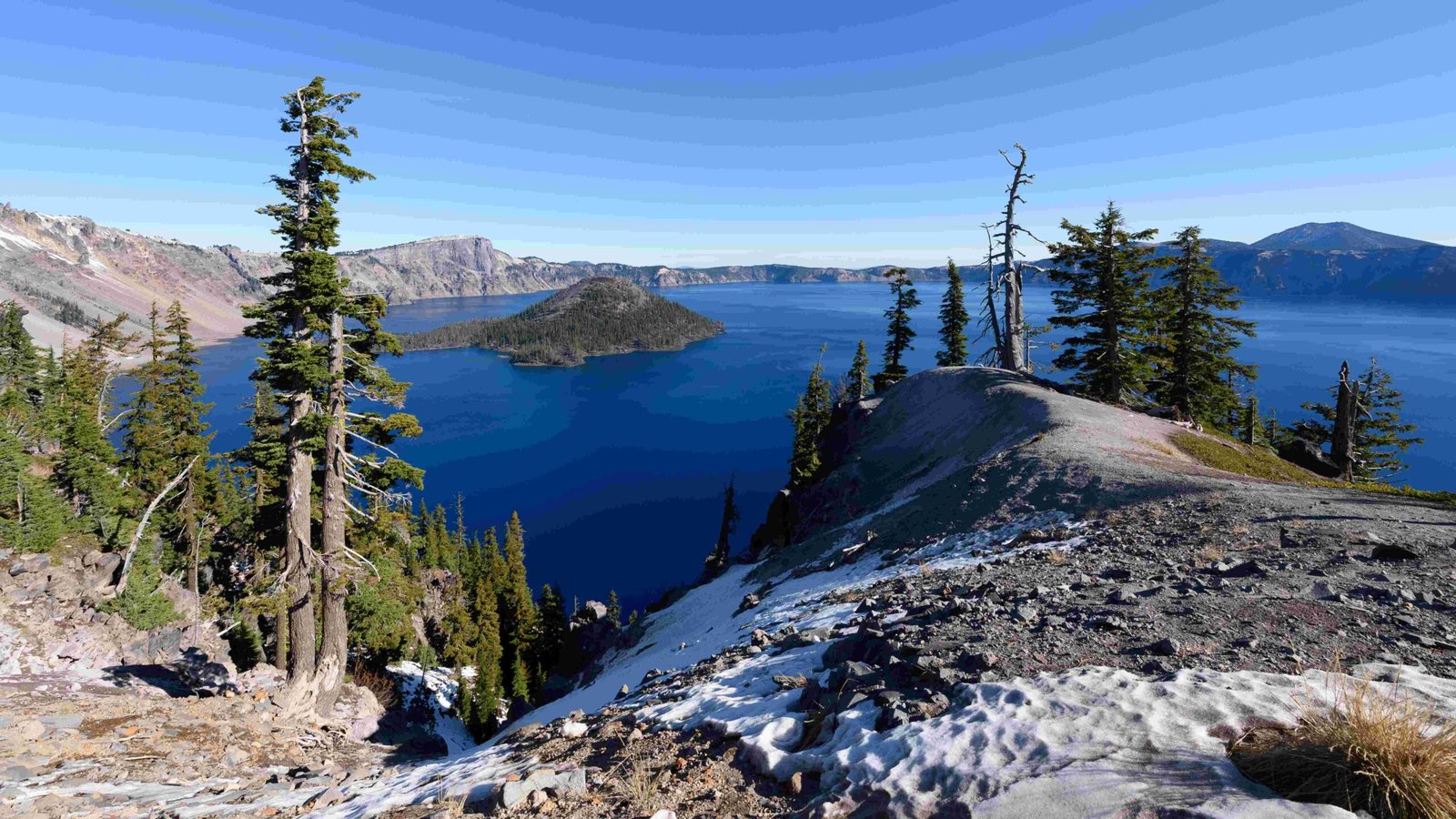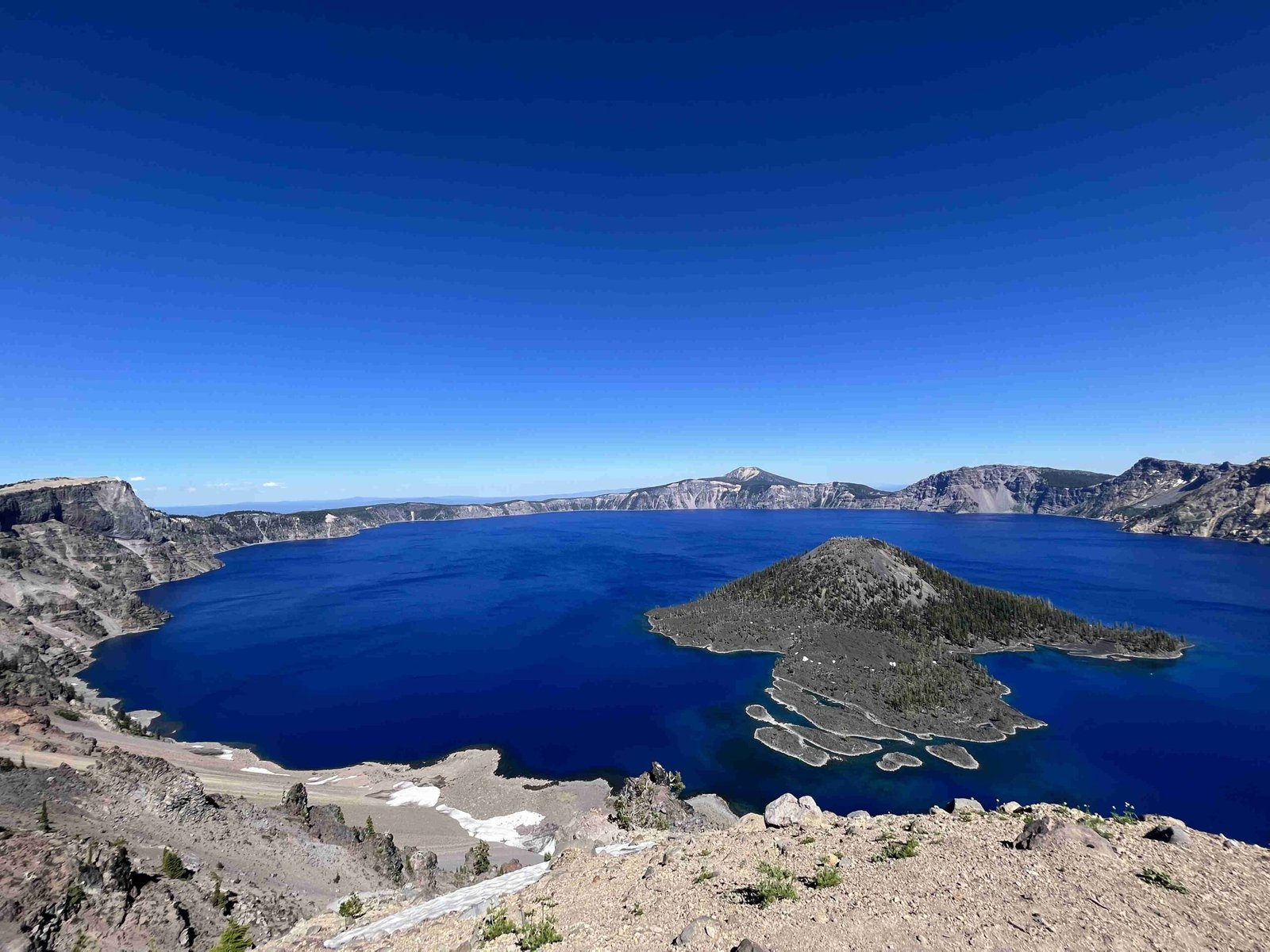Table Rock in Oregon is a fascinating geological formation, often mistakenly associated with the Crater Lake eruption. However, it was actually formed by a separate volcanic event millions of years ago. This article explores the true origins of Table Rock, its unique features, and the surrounding ecosystem, dispelling common misconceptions about its connection to Crater Lake.
What is the True Origin of Table Rock?

Contrary to popular belief, Table Rock was not created by the Crater Lake eruption. The formation of Table Rock dates back approximately seven million years to the upper Miocene period. It was formed by a massive lava flow originating from Olson Mountain near present-day Lost Creek Lake, not from the Mount Mazama eruption that created Crater Lake.
The lava flow that created Table Rock was a 44-mile long trachyandesitic flow that filled an ancient river canyon. This lava solidified over time, forming a hard cap over softer sedimentary rocks. The resulting formation is what we now know as Upper and Lower Table Rock.
How Does Table Rock’s Geology Differ from Crater Lake?

While both Table Rock and Crater Lake have volcanic origins, their formation processes and timelines are distinctly different:
- Age:
- Table Rock: Formed about 7 million years ago
-
Crater Lake: Formed about 7,700 years ago
-
Formation Process:
- Table Rock: Created by lava flow filling a river canyon
-
Crater Lake: Formed by the collapse of Mount Mazama after a massive eruption
-
Rock Type:
- Table Rock: Composed of alkaline-rich andesite
-
Crater Lake: Primarily composed of dacite and andesite
-
Geological Features:
- Table Rock: Flat-topped, horseshoe-shaped mesas
- Crater Lake: Deep caldera filled with water
What Unique Geological Features Does Table Rock Possess?
Table Rock exhibits several distinctive geological characteristics:
-
Inverted Topography: The bottom of an ancient river valley now forms the top of the mountain.
-
Mesa Structure: Flat-topped, horseshoe-shaped mesas standing about 800 feet above the surrounding Rogue Valley.
-
Lava Cap: A hard andesite cap that has resisted erosion, protecting the softer rocks beneath.
-
Talus Fields: Expansive fields of rock debris formed by erosion of the softer underlying rocks.
-
Vernal Pools: Seasonal pools on the mesa tops that support unique ecosystems.
How Has the Ecosystem Adapted to Table Rock’s Unique Geology?
The distinctive geology of Table Rock has fostered a diverse and specialized ecosystem:
- Flora: Over 340 plant species, including 200+ wildflower species
- Fauna: Home to 70+ animal species
- Habitats: Oak savannas, chaparral, mixed woodlands, and mounded prairies
Notable Species:
| Plant Species | Animal Species |
|---|---|
| Oregon white oak | Peregrine falcon |
| Mountain mahogany | Black-tailed deer |
| California black oak | Western fence lizard |
| Manzanita | Pacific tree frog |
| Spiny buckbrush | Acorn woodpecker |
What Conservation Efforts Protect Table Rock?
Several organizations and initiatives work to preserve Table Rock’s unique geology and ecosystem:
-
Joint Management: The Nature Conservancy and Bureau of Land Management co-manage the area.
-
Land Protection:
- Nature Conservancy: Owns 3,591 acres
-
Bureau of Land Management: Manages 1,280 acres
-
Invasive Species Management: Efforts to control non-native and noxious weeds.
-
Tribal Collaboration: Partnerships with local Native American tribes for conservation.
-
Visitor Guidelines: Strict rules to minimize human impact on sensitive habitats.
What Hiking Trails Offer the Best Views of Table Rock?
Two main trails provide access to the Table Rocks:
Upper Table Rock Trail
- Length: 2.7 miles round trip
- Difficulty: Moderate
- Hiking Time: 2-3 hours
- Highlights: Panoramic views of Rogue Valley, vernal pools, unique plant species
Lower Table Rock Trail
- Length: 3.6 miles round trip
- Difficulty: Moderate
- Hiking Time: 2-3 hours
- Highlights: Similar views to Upper Table Rock, diverse plant life
How Does Climate Change Impact Table Rock’s Ecosystem?
Climate change poses several challenges to Table Rock’s delicate ecosystem:
-
Vernal Pool Disruption: Changing precipitation patterns may affect the seasonal pools crucial for many species.
-
Invasive Species Spread: Warmer temperatures could facilitate the spread of non-native plants.
-
Wildfire Risk: Increased drought conditions may elevate the risk of wildfires in the area.
-
Phenology Changes: Shifts in plant blooming times could disrupt pollinator relationships.
-
Species Migration: Some plant and animal species may need to migrate to adapt to changing conditions.
Conservation efforts are continuously adapting to address these climate-related challenges and preserve Table Rock’s unique geological and ecological features for future generations.

